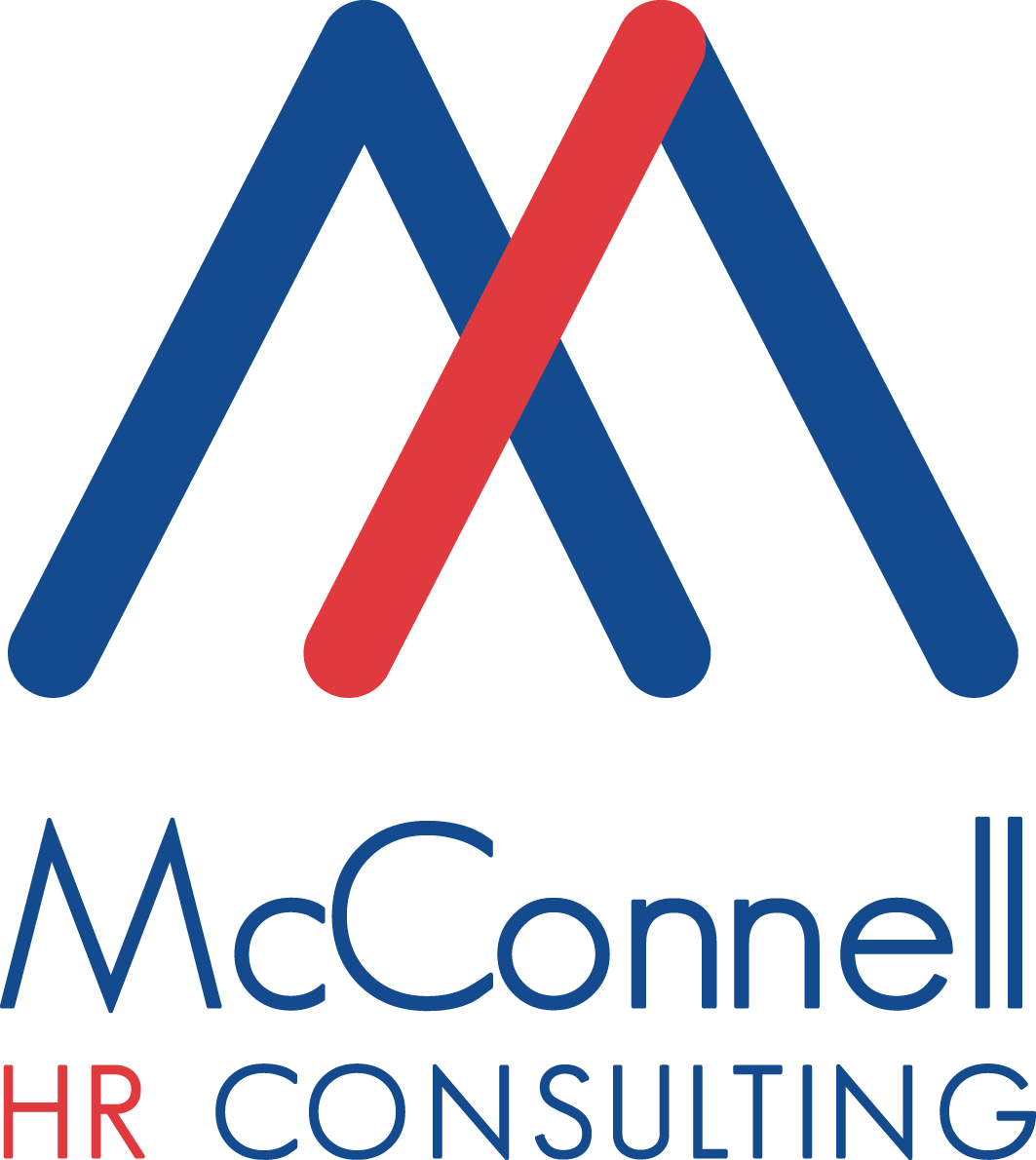Is this happening to your organization? The second law of thermodynamics dictates that natural processes tend toward increasing disorder (entropy) in a system. In other words, things fall apart all by themselves.
Most nonprofits don’t wake up one morning and say, “Let’s reorganize everything.” In fact, quite the opposite. Structure is often an afterthought, especially when you’re underfunded, under-resourced, and running on mission-driven adrenaline.
But here’s the hard truth: what you don’t address slowly unravels. And entropy, the slow, silent breakdown of order, is one of the biggest threats to your nonprofit’s effectiveness.
What Is Organizational Entropy?
Entropy is a physics term that describes how systems naturally deteriorate over time unless energy is put into maintaining or improving them. In organizational terms, entropy shows up as:
- Confused reporting lines.
- Duplicated efforts.
- Inefficient decision-making.
- Unclear roles.
- Constant workarounds that become permanent.
Entropy quietly occurs over time until one day you look around and realize your structure no longer supports your strategy – it obstructs it.
The Entropy Equation: One Workaround at a Time
Most nonprofits don’t experience dramatic structural failure. They experience gradual decay. One exception becomes the new norm. One “temporary” solution sticks around for years. One unclear job description quietly spreads confusion across the team.
Many nonprofits grow one position at a time in an organic, unplanned way. Over time, that results in structures that no longer align with your purpose. And if your structure doesn’t serve your strategy, it actively works against it.
How Entropy Hurts Performance
You might think the cost is just a bit of inefficiency. But the damage runs deeper:
- Wasted payroll dollars (your biggest budget line) on misaligned roles.
- Demotivated staff who don’t know what success looks like.
- Leadership bottlenecks because no one’s sure who makes the call.
- Sluggish strategy execution, because the structure can’t support new priorities.
Recognizing the Signs of Entropy
Just like clutter creeps into your closet, entropy creeps into your org chart. Watch out for these red flags:
- “Multiple boss syndrome” (staff reporting to too many people).
- Constant confusion over who does what.
- Roles designed around personalities, not strategic needs.
- Teams solving the same problems in isolation.
- New hires asking, “Wait, who’s responsible for this?”
Fighting Back: Use Organizational Design as Your Toolkit
Luckily, entropy isn’t inevitable. But it does require deliberate energy to counteract. That’s where organizational design comes in.
Design is not about boxes and lines on a chart. It’s about aligning your structure with your purpose. It’s about ensuring the right people are in the right roles, doing the right work, at the right time.
Don’t Wait for a Crisis
Entropy doesn’t fix itself. If you wait until your team is burned out, your Board is frustrated, and your funders are confused, you’ve waited too long.
Do the hard thinking now. Ask the tough questions:
- Does our structure support our strategy?
- Do people know what they’re responsible for?
- Are we working in silos or as a system?

